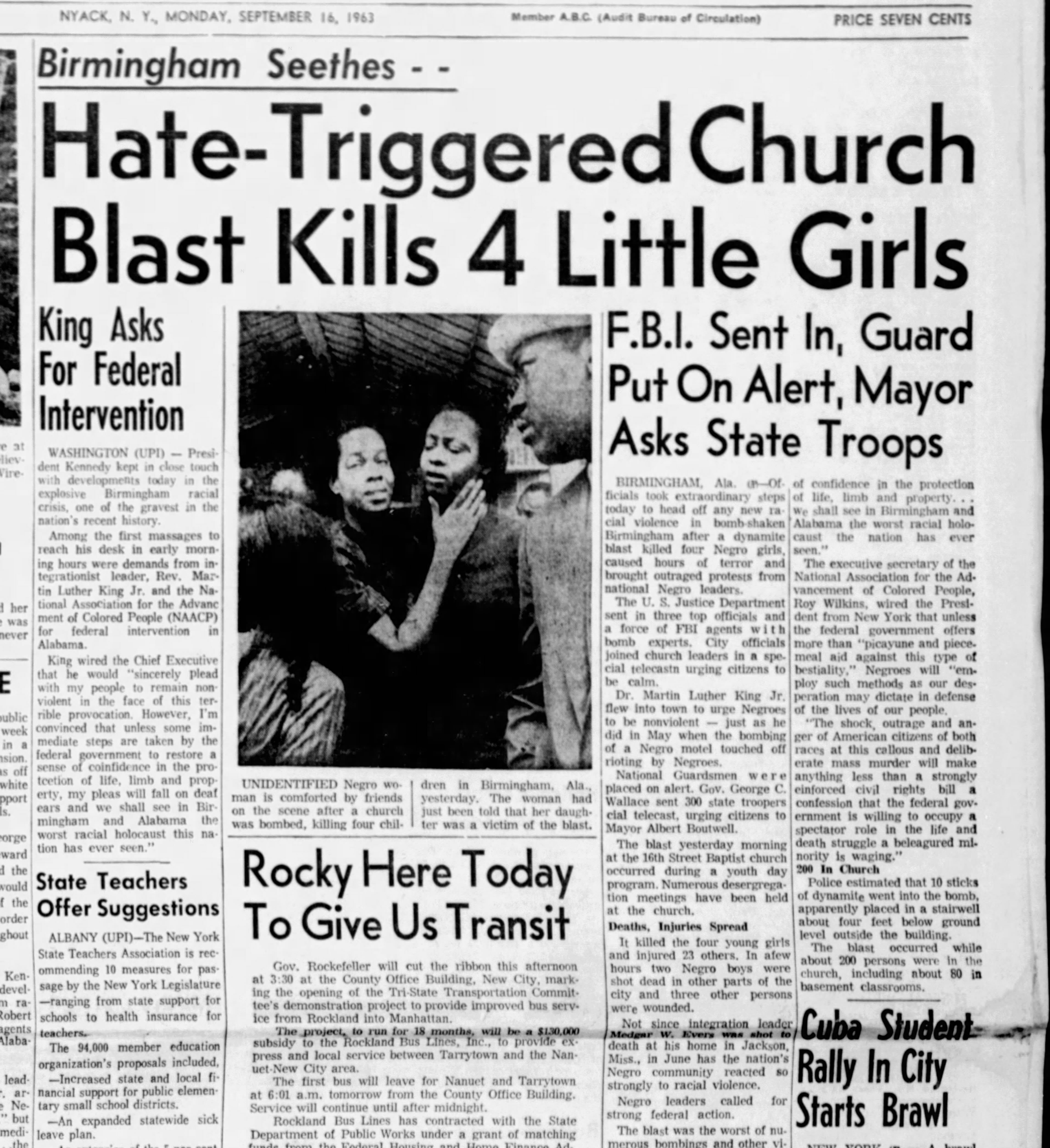The Basic Principles Of News Articles
The Basic Principles Of News Articles
Blog Article
Little Known Facts About News Articles.
Table of ContentsAll about News ArticlesHow News Articles can Save You Time, Stress, and Money.The smart Trick of News Articles That Nobody is DiscussingThe 4-Minute Rule for News ArticlesThe Main Principles Of News Articles
Good knowledge of various topics provides pupils an affordable side over their peers. Although digital and social media are conveniently obtainable, we must not fail to remember how vital it is to check out the newspapers. Parents must try and inculcate the practice of checking out a paper as an everyday regimen to proceed the legacy of the revered print tool.Newspaper article additionally consist of a minimum of one of the complying with important features about the intended target market: proximity, prestige, timeliness, human interest, anomaly, or effect. The associated term journalese is sometimes used, usually pejoratively, to describe news-style writing. Another is headlinese. Newspapers typically comply with an expository writing design.
Within these limits, news stories additionally aim to be comprehensive. Amongst the larger and much more revered papers, fairness and balance is a significant aspect in offering details.
Newspapers with an international target market, as an example, have a tendency to utilize a more official design of creating. The specific options made by a news electrical outlet's editor or content board are commonly gathered in a style overview; common design guides consist of the and the United States Information Style Book. The main objectives of information writing can be summarized by the ABCs of journalism: precision, brevity, and quality.
How News Articles can Save You Time, Stress, and Money.
Generally, reporters will not use a long word when a brief one will do. They utilize subject-verb-object building and construction and brilliant, energetic prose (see Grammar). They use anecdotes, instances and allegories, and they seldom depend on generalizations or abstract ideas. News writers attempt to stay clear of making use of the very same word extra than when in a paragraph (sometimes called an "resemble" or "word mirror").
However, headings in some cases leave out the topic (e.g., "Jumps From Watercraft, Catches in Wheel") or verb (e.g., "Pet cat female lucky"). A subhead (additionally subhed, sub-headline, subheading, caption, deck or dek) can be either a subordinate title under the main headline, or the heading of a subsection of the short article. It is a heading that comes before the major text, or a team of paragraphs of the major message.

Additional signboards of any of these types might appear later on in the short article (especially on subsequent web pages) to tempt more reading. Such signboards are additionally made use of as pointers to the article in other areas of the publication or website, or as promotions for the piece in other magazine or websites. Regular check that structure with title, lead paragraph (summary in bold), various other paragraphs (information) and contact information.

Example of a hard-lead paragraph NASA is suggesting one more space task. The firm's budget request, revealed today, consisted of a plan to send one more mission to the Moon. This time the company wishes to establish a lasting center as a jumping-off place for other room journeys. The spending plan demands approximately $10 billion for the project.
An "off-lead" is the 2nd most crucial front web page information of the day. To "bury the lead" is to start the write-up with background information or details of additional relevance to the viewers, requiring them to check out more deeply into an article than they must have to in order to find the crucial factors.
The 4-Minute Rule for News Articles
Typical usage is that one or two sentences each form their own paragraph. Reporters usually define the organization or structure of a news tale as an inverted pyramid. The necessary and most interesting aspects of a tale are placed at the beginning, with sustaining details complying with in order of decreasing relevance.
It enables individuals to discover a subject to only the depth that their interest takes them, and without the imposition of information or subtleties that they might think about irrelevant, however still making that information available to extra interested viewers. The inverted pyramid framework pop over to these guys also enables posts to be trimmed to any type of approximate size throughout format, to fit in the space available.
Some authors begin their stories with the "1-2-3 lead", yet there are many type of lead offered. This style invariably begins with a "5 Ws" opening up paragraph (as defined above), adhered to by an indirect quote that offers to support a significant element of the initial paragraph, and after that a straight quote to support the indirect quote. [] A kicker can describe numerous points: The last story current program; a "pleased" tale to finish the show.
Longer short articles, such as publication cover posts and the items that lead the inside sections of a newspaper, are understood as. Feature stories differ from straight information in a number of methods.
How News Articles can Save You Time, Stress, and Money.
A function's first paragraphs frequently connect an intriguing minute or event, as in an "anecdotal lead". From the details of an individual or episode, its view promptly widens to generalities about the story's topic.

The Editor's Toolbox: A Referral Guide for Beginners and Professionals (2001) Allan M. Siegal and William G. Connolly. The New York City Times Manual of Style and Usage: The Official Design Overview Utilized by the Writers and Editors of the Globe's Many Authoritative Newspaper (2002) M. L. Stein, Susan Paterno, and R.
Report this page